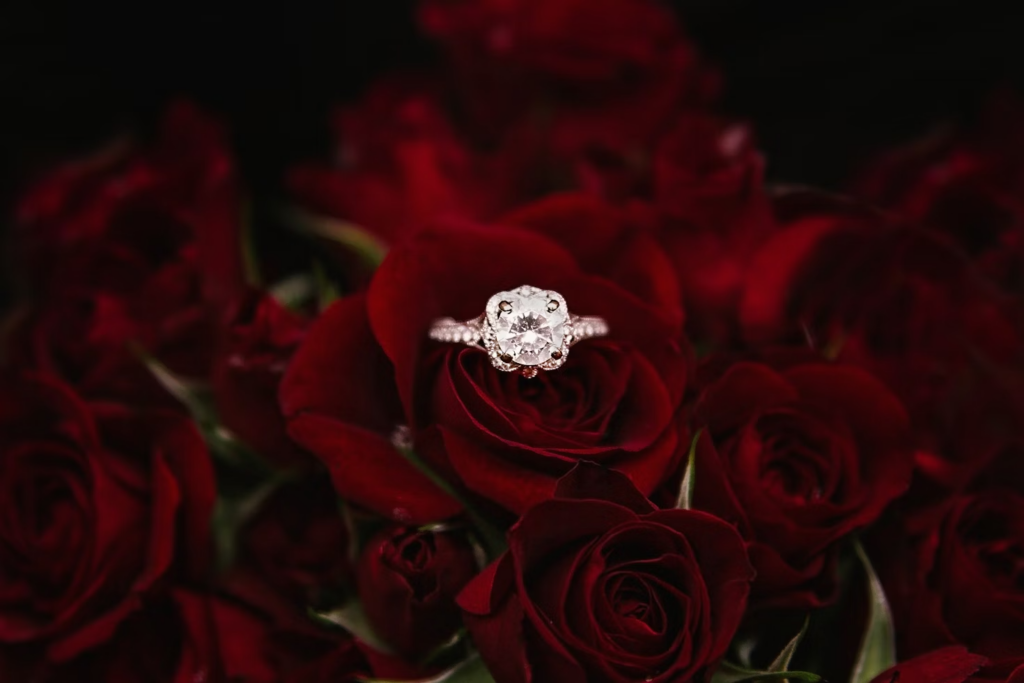The mining behemoth De Beers started telling young, infatuated couples more than 75 years ago that “a diamond is forever.” The market has expanded to a $96 billion industry since then, but it appears that modern consumers are more concerned with price tags than origins.
A growing number of millennials and Generation Zers are upending the traditional industry by choosing artificial, lab-grown gemstones over naturally dazzling ones. However, the CEO of Pandora said that despite their claims to be the most ecologically conscious age yet, young people’s fixation with lab-grown diamonds isn’t because they value the great outdoors.
According to Fortune, Alexander Lacik, the president of the biggest jeweller in the world, “there are only two things that actually drive behaviour when we talk about product choice.”
He continues, “You may claim that you do other things.” “However, price is the second factor you consider when making a purchase—design is by far the most significant factor.”

It wasn’t until 2021 that the charming Copenhagen-based company made any headway in the diamond sector. That is until it recognised that lab-grown, reasonably priced alternatives could “democratise” the glittering stones for the general public.
After the successful launch of its Pandora Brilliance collection on the British high street, the firm decided to take a risk and expanded the line to the United States, Canada, Australia, Mexico, and Brazil.
The Danish store hopes to make billions of dollars by 2026 from sales of its lab-grown diamonds, which brought in 265 million Danish Kroner ($38.5 million) last year. In the meantime, Pandora’s stock price then doubled in 2023 and is still rising; in just a week, it reached a record-breaking high.
“As a brand, we cater to 15-year-old girls and 65-year-old women,” notes Lacik, adding that the majority of customers purchasing its lab-grown diamond line are millennials and Gen Z.
Even Selena Gomez and Jennifer Lawrence, two famous millennials, are fans of the manufactured substitutes.
It doesn’t hurt that they are less expensive
Jennifer Lawrence, whose estimated net worth is $160 million, is obviously not wearing lab-grown diamond jewelry from Pandora to save money.
Of course, the fact that they are reportedly 60% to 85% less expensive than diamonds mined from Earth doesn’t hurt for the typical young buyer.
For instance, a classic solitaire Pandora ring set on a 14K white gold band featuring a brilliant 1-carat lab-grown diamond will cost $1,750. On the other end of the spectrum, a mined substitute at luxury retailer Tiffany’s might run you up to $16,000 for the same size and design.
“It’s a value issue,” says Lacik.
Not that consumers are buying lab-grown diamonds specifically to save a lot of money, but rather because they can size up and receive more value for their money when they go with man-made options.

“Whether we like it or not, the way the world works is that women like bigger stones,” chuckles Lacik. “Customers are choosing to spend the same or comparable amount of money, but for a significantly larger stone, when it comes to the bridal engagement space.”
“Value proposition is what matters, not price point,” he continues. “You need to consider what I can obtain for the money I’m willing to spend.”
Sustainability is nothing more than something that is ‘nice to have’
On social media, some millennials and Gen Zers are flaunting their lab-grown diamonds with pride and claiming that they have chosen to forgo genuine diamonds generated in the Earth’s crust due to ethical and sustainable concerns.
Showing off the cushion-cut 4-carat gem on her wedding finger, a millennial influencer posted on TikTok, saying, “I really don’t care if someone had to pull this out of the Earth—in fact, I prefer that they did not.”
Supporting the mined diamond business “wasn’t something I could ethically support for people or the planet,” a young fiancé said on TikTok.
Eco-friendliness, according to Lacik, is merely the icing on the cake, notwithstanding what today’s youth are saying on the internet.
“While we have a compelling story to tell for those who are interested, ESG is a nice feature, but it’s not the business’s main driver,” adds Lacik.
That does not, however, imply that companies should stop trying to be good. According to Lacik, young consumers may use environmental sustainability as a decisive factor when choosing a brand.
He continued, saying, “I’ll be dead before somebody comes into my shops and says, ‘Can you show me your sustainable products?'” So don’t hold your breath expecting sustainability to rocket sales. Simply put, when consumers shop in this category, it doesn’t cross their minds.
In conclusion, while sustainability remains a key consideration for many consumers, the prioritisation of affordability and aesthetic appeal by Gen Z and Millennials underscores the need for jewelry companies to balance environmental concerns with competitive pricing and innovative designs to meet the evolving demands of today’s market.
(Tashia Bernardus)
